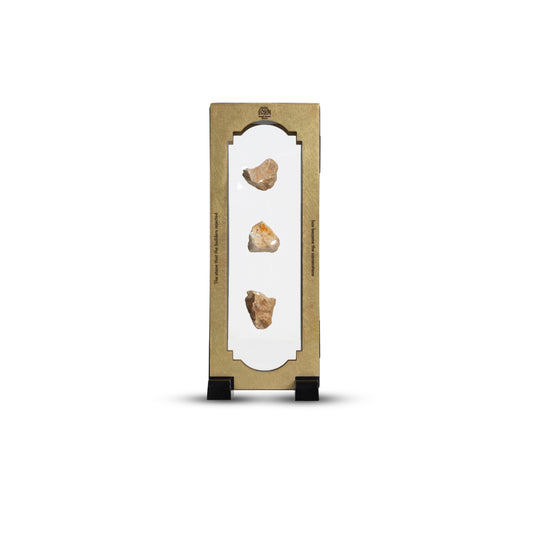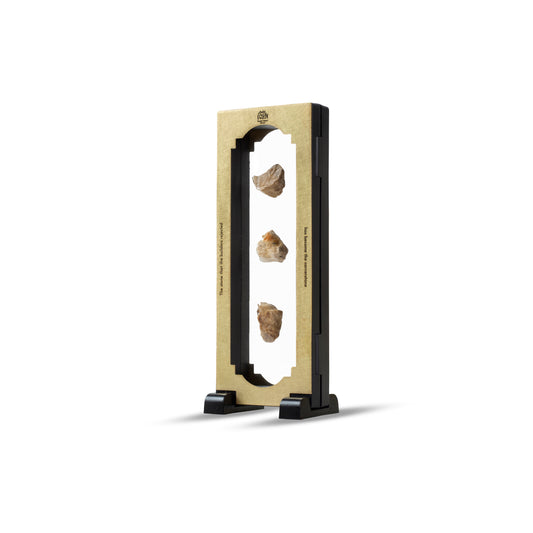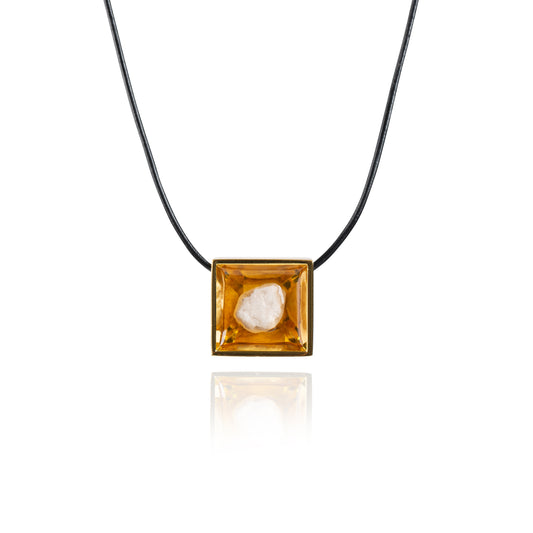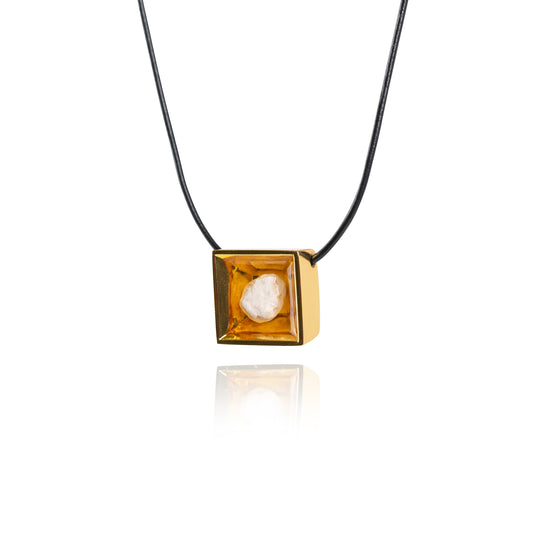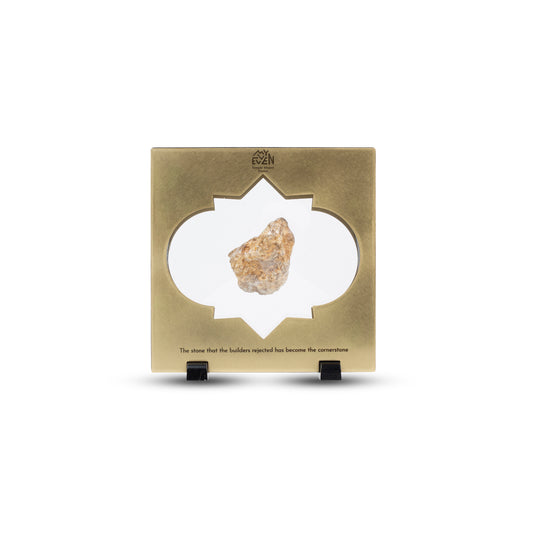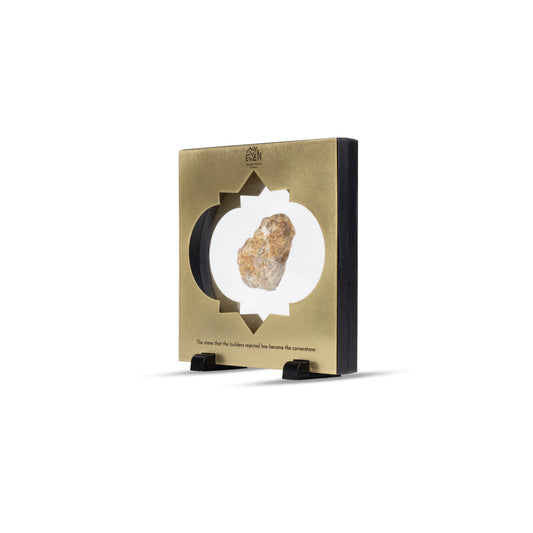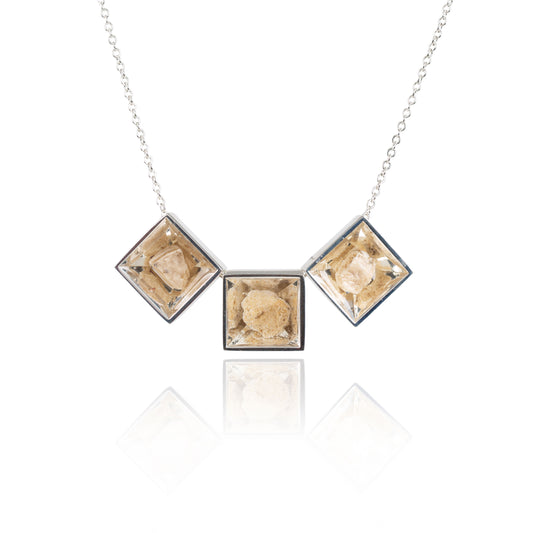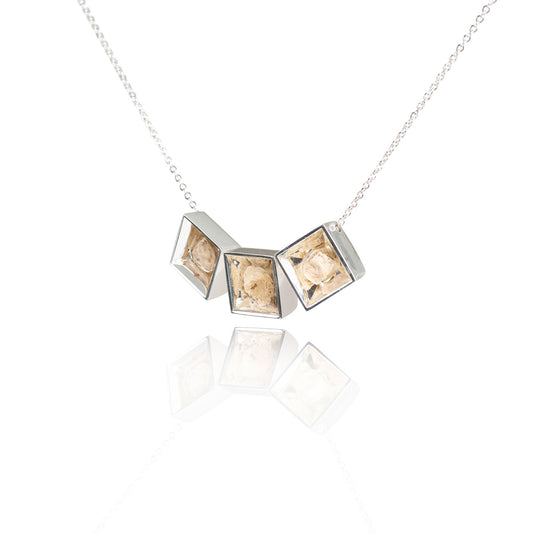Last Friday night, the 15th of the month of Nisan (April 15th 2022), Jews all over the world celebrated the salvation of the Israelites from Egypt about 3,200 years ago. As they have done for thousands of years, they sat the Passover Seder – the ceremonial meal and storytelling that marks the start of the holiday. This feast consists of many customs and rituals, of which, eating matzah - the unleavened flatbread of the ancient Middle East - is the most important. So important that the Bible refers to Passover as the Holiday of the Matzot (Matzot is the plural of Matzah; e.g. Exodus 23, 15)
The Matzah is a simple food, made from nothing but flour and water, baked before it has a chance to leaven. It is therefore clear why the Bible calls it “bread of affliction” (Deuteronomy 16, 3).
That is how the Passover Haggadah (the traditional text recited during the Seder) begins: “This is bread of affliction that our forefathers ate in the Land of Egypt. All who hunger, let them come and eat, all who are in need, let them come and celebrate …”. This means that we eat Matzah on Passover to recall the slave rations of our ancestors, during their years of bondage in Egypt, the food that symbolized the degradation and misery of their existence.
However, in one of the following paragraphs of the Haggadah the meaning of the Matzah changes from a bread of affliction, into a bread of freedom: “The Matza that we eat, what does it signify? Because the dough of our fathers did not have time to leaven before The King of Kings, blessed be He, revealed Himself to them and redeemed them. As it is said: And they baked unleavened bread from the dough which they brought out of Egypt, for it was not leavened, because they were driven out of Egypt and could not delay; nor had they prepared themselves any food for their journey“ (Exodus 12, 39)
Suddenly, the Matzah is not an unleavened bread that sustained the Israelites during their years in Egypt, but the unleavened bread they prepared as they stood on the threshold of liberty. All their lives under slavery they had eaten matzah because they were denied the time to bake a proper loaf of bread. Now, in their rush to flee from Egypt, they prepared once again the hard dry flatbread they knew so well. However, this time it reflected the anticipation for freedom instead of the humiliation of servitude.
The lesson to be learnt is that the difference between slavery and freedom is not necessarily in the physical conditions. The bread may remain equally hard in both states, it is the shift in the psychology that changed everything. When eating the hard crust was a passive submission to the Egyptian masters, the Matzah was a bread of slavery, but when it was the result of the Israelites’ decision to leave civilized Egypt and head to the desert, when they refused to delay freedom and opted to eat unleavened bread rather than wait for it to rise, the hard crust became the bread of freedom.
Freedom is in they psych, not in the bread (Irving Greenberg, The Jewish Way, p. 47)
As mentioned above, the Haggadah opens with an invitation to the poor and the needy: “This is bread of affliction that our forefathers ate in the Land of Egypt. All who hunger, let them come and eat, all who are in need, let them come and celebrate …”. It seems odd though that we invite others to join us in eating the bread of affliction. It would be more appropriate to extend this invitation at a later stage when the festive meal is served.
Rabbi Jonathan Sacks, former Chief Rabbi of the United Hebrew Congregations of the Commonwealth found an answer in Primo Levi’s book “If This is a Man” describing Levi’s experiences in Auschwitz during the Holocaust.
In January 1945 when the Red Army neared Auschwitz, the Nazis abandoned the camp, taking all walking prisoners with them to the “death marches” leaving behind only those who were to ill to move, including Primo Levi. For ten days they were left alone with only scraps of food and fuel. Levi with two other prisoners worked to light a fire and bring some warmth the other prisoners, many of them dying. And he continues to describe what happened later:
“When the broken window was repaired and the stove began to spread its heat, something seemed to relax in everyone, and at that moment one of the prisoners proposed to the others that each of them offer a slice of bread to us three who had been working. And so it was agreed. Only a day before, this would have been inconceivable. The law of the camp said: “Eat your own bread, and if you can, that of your neighbor.” To do otherwise would have been suicidal. The offer of sharing bread was the first human gesture that occurred among us. I believe that that moment can be dated as the beginning of the change by which we who had not died slowly changed from Haftlinge [prisoners] to men again”
And this is Rabbi Sacks take from this story:
“Sharing food is the first act through which slaves become free human beings. One who fears tomorrow does not offer their bread to others. But those who are willing to divide their food with a stranger have already shown themselves capable of fellowship and faith, the two things from which hope is born. That is why we begin the Seder by inviting others to join us. That is how we turn affliction into freedom.”
And he continues with a lesson to be learnt by our generation:
“It sometimes seems to me that, having created the most individualistic society in history, we today risk losing the logic of liberty. Freedom is not simply the ability to choose to do whatever we like so long as we do not harm others. It is born in the sense of solidarity that leads those who have more than they need to share with those who have less. Giving help to the needy and companionship to those who are alone, we bring freedom into the world, and with freedom, God.”


